Honor 8 Review
Honor 8 Review
The Huawei P9 in different clothes
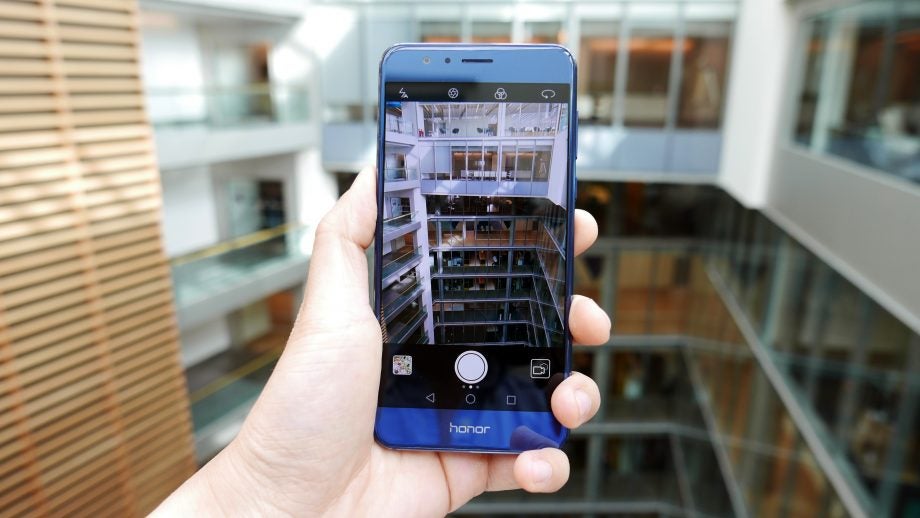
Sections
- Page 1 Honor 8 Review
- Page 2 Performance & software Review
- Page 3 Camera, battery life & verdict Review
Verdict
Pros
- Attractive design
- Quick fingerprint scanner
- Good performance
Cons
- Hampered by Emotion UI
- So-so camera
- Better value alternatives available
Key Specifications
- Review Price: £369.99
- 5.2in Full-HD display
- Octa-core Kirin 950
- 4GB RAM
- 12MP dual-sensor camera
- 32GB storage and microSD slot
- USB Type-C
What is the Honor 8?
The Honor 8 has long been available in China, and more recently in the US market. However, it’s only just become available to European customers hungry for yet more smartphone options. For those unaware, Honor is Huawei’s “e-brand”, targeting a much younger demographic – whom the company insists on referring to as “millennials”.
The eagle-eyed out there might think the Honor 8 bares a striking resemblance to the Huawei P9, rather than building upon the Honor 7 that came before it – and you’d be right. There are plenty of similarities to the P9 that could easily have you mistaking the two.
With the Huawei P9 forming its foundation, the Honor 8 comes with both the good and the bad. Those dual-lenses – all the rage now – make a return, but so does Huawei’s heavy-handed Emotion UI Android skin.
In the end, it means the Honor 8 brings a feeling of déjà vu – but ultimately, its refinements and cheaper price make it a decent alternative to the Huawei P9.
WATCH: What’s the best smartphone of 2016?
Honor 8 – Design
Viewed from the front, the Honor 8 is almost identical in size to the Huawei P9. It’s only fractionally thicker, at 7.9mm versus 7mm, and a touch heavier at 153g versus 144g. The corners are slightly more rounded, but otherwise, stack one device atop the other and you’ll see that all the ports and antenna bands line up almost perfectly.
Like the Huawei P9, the thin bezels around the display immediately makes the phone look more premium.
Related: Best Budget Smartphones
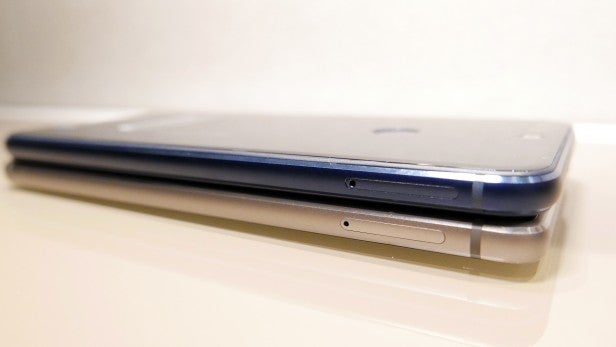
The Honor 8 on top of the Huawei P9
The rear of the phone is constructed from 15 layers of glass, which Huawei says has 3D grating and lithography. It means the prism lines refract and disperse the light in an eye-catching manner. This is difficult to capture with still images, but it’s rather pretty.
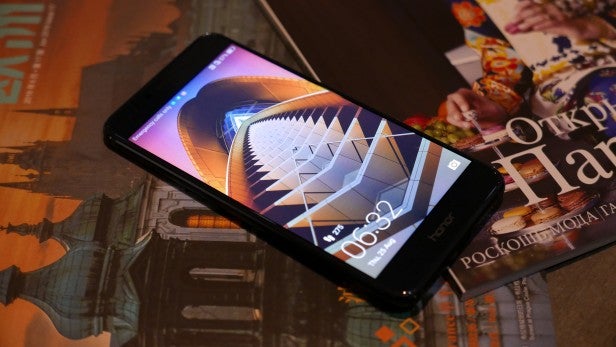
It’s quite a light show, then, but all that glass does leave you wondering how well the device will cope with an accelerated meeting with concrete. A cracked rear might lead to a trippy kaleidoscopic effect at least. Compared to the metal back of the P9, the glass feels more slippery in your hand and it’s a fingerprint magnet, too. Throughout testing I found myself constantly having to wipe it down – but I might be more picky than most.
Another visual difference between the rear of the Honor 8 and Huawei P9 is the level 4 fingerprint sensor, which is circular rather than the square of the P9. It’s just as quick to register and unlock, which was one of my favourite aspects of the P9. In a test of fingerprint scanning speed, both phones performed practically identically.
The scanner has been upgraded with a “Smart Key” function, too, which essentially sees the fingerprint sensor also become an extra button. You can program shortcuts to single- or double-presses and holds. I found using it to quickly fire up the Camera app particularly useful. You could also have it fire up Pokémon Go, if you’re so inclined.
The Honor 8 uses a USB Type-C port and also supports quick-charging. You can find this port alongside a 3.5mm headphone jack and speaker on the bottom of the phone. A volume rocker and power button sit on the right edge.
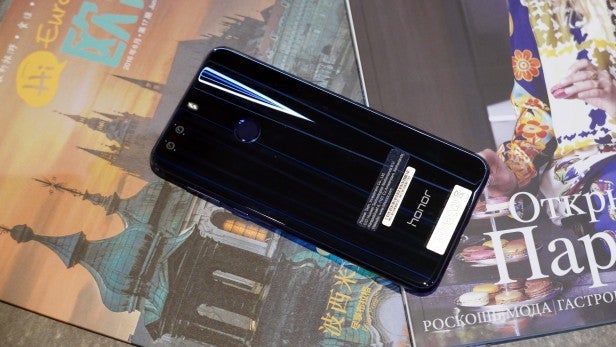
On the left edge you’ll find a nano-SIM tray and a microSD slot that can instead be used as a second nano-SIM slot if you don’t require the storage expansion. The device comes with either 32GB or 64GB of storage as standard, and the Honor 8 can be expanded by up to 256GB through the microSD slot – double the Huawei P9’s support. Again, like the P9, the Honor 8 doesn’t support Android’s adoptable storage, which integrates the extra storage directly into the operating system.
The Honor 8 is available in Sapphire Blue, Pearl White, Midnight Black and, for now only in certain markets, Sunrise Gold finishes. My review sample was Sapphire Blue, which I think is the pick of the bunch. In a sea of similar-looking smartphones, it has a touch more character since it’s a unique shade that seems to change colour based on lighting conditions.
Honor 8 – Screen
The Honor 8 sports a 5.2in display, with a Full HD resolution of 1,920 x 1,080. On paper, it isn’t particularly exciting, but with a 423ppi most will find it sharp enough. Throughout testing I had no issues browsing websites, playing games or watching films on Netflix. Images appear vibrant and text appears sharp.
Tucked away in the settings is a blue filter mode called “Eye Comfort”. This tweaks the colour temperature to make it less harsh at night. There are other colour temperature tweaks such as making it warmer or cooler. The maximum brightness is plenty bright enough for outdoor use and viewing angles aren’t too acute.
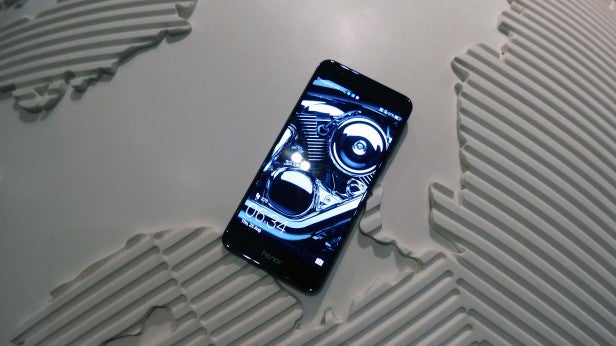
My only minor complaint is if you have the auto-brightness setting turned on. The Honor 8 – like the Huawei P9 before it – can occasionally be a little aggressive in adjusting the brightness, even if ambient light hasn’t changed. Yet conversely, it can be slow to adjust when first waking the phone up. On occasion, it would wake up set to very, very dim, before adjusting to a more suitable higher brightness setting.
How we test phones
We test every mobile phone we review thoroughly. We use industry standard tests to compare features properly and we use the phone as our main device over the review period. We’ll always tell you what we find and we never, ever, accept money to review a product.


